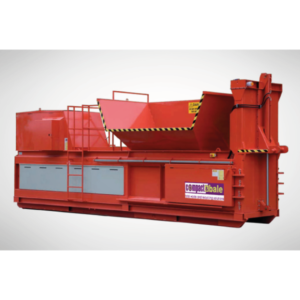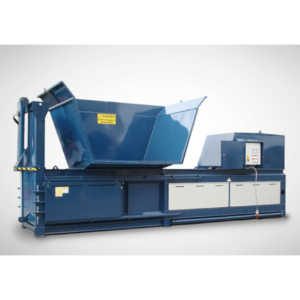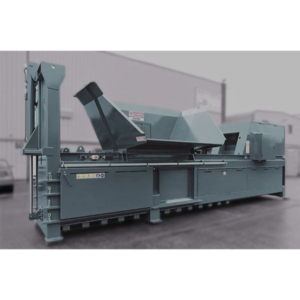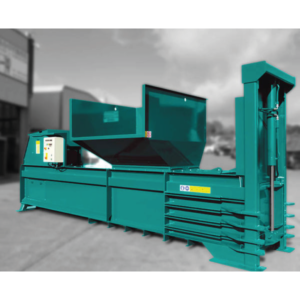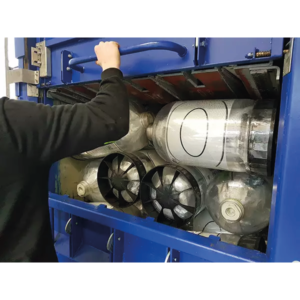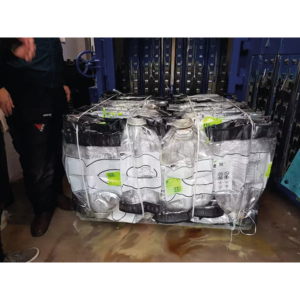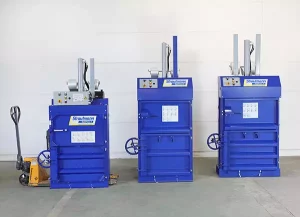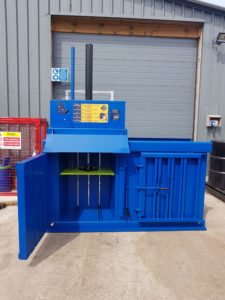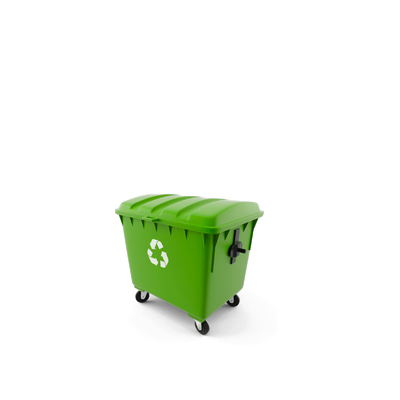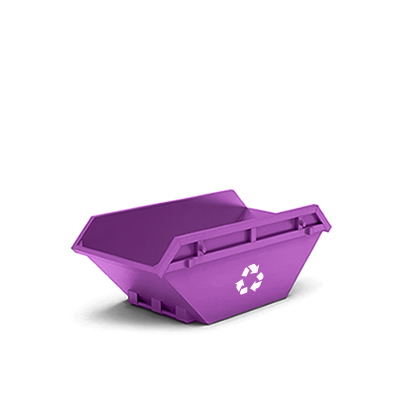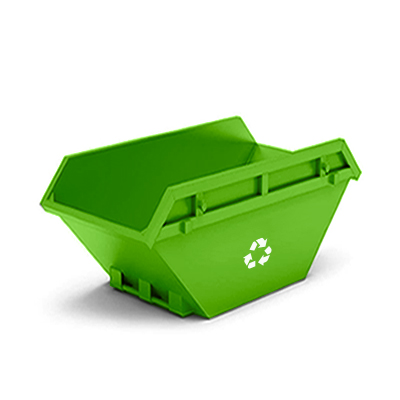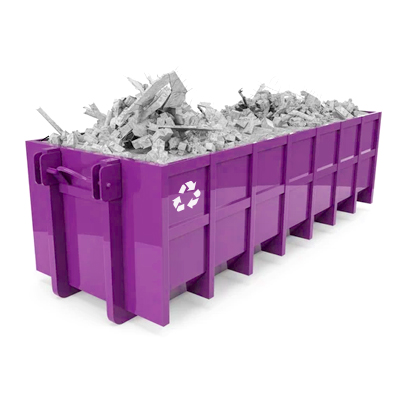Plastic Balers
Plastic is a notoriously difficult material to bale, especially hard, rigid plastics.
Using our balers, plastic is efficiently baled for easy and safe storage on site, as well as rebates for baled material.
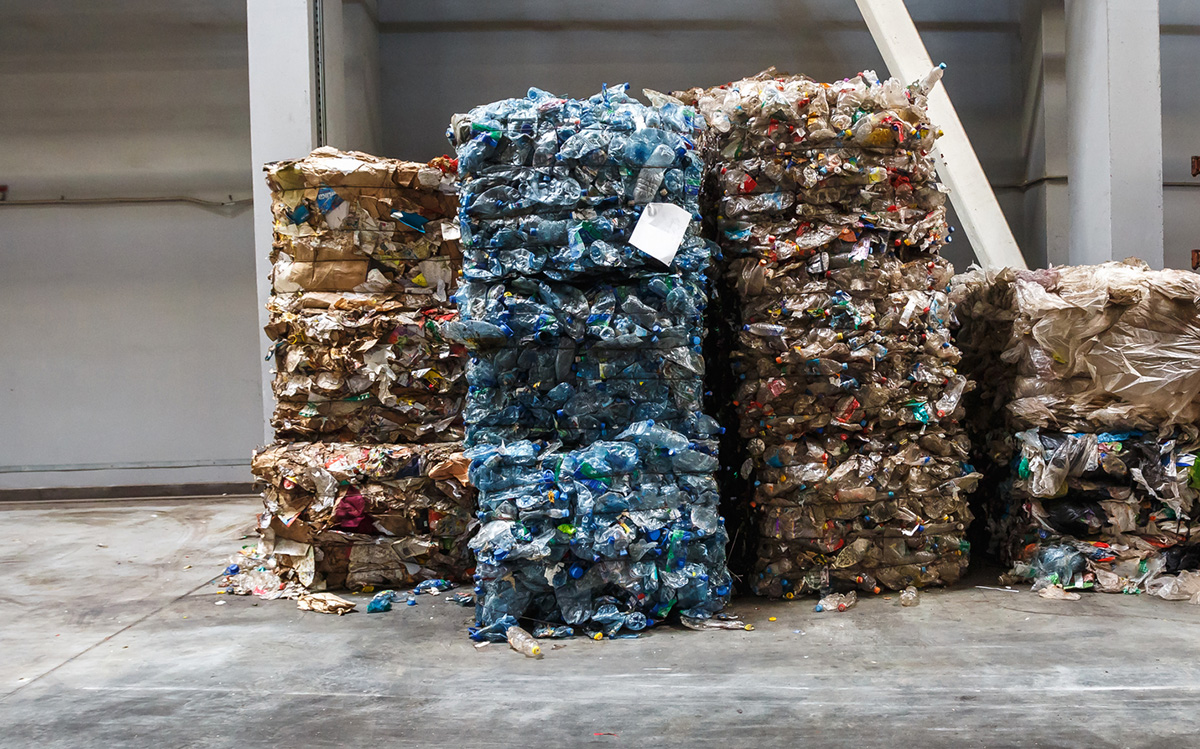
-
CB58 Semi Auto Baler
The CB58 semi auto baler is ideally suited for businesses that produce large volumes of recyclables that require large hoppers.
Sell Bales: Yes
Materials: All
- Bale Weights
- 400kg - 500kg
- Material To Recycle
- Cardboard / Paper, PET Bottles / Drinks Cans, Plastic / Film
- Weekly Volume
-
CB65Wt Semi Auto Baler
The CB65WT semi auto baler is the perfect baler for bulk loading and high throughputs of a range of recyclable materials.
Sell Bales: Yes
Materials: All
- Bale Weights
- 700kg - 900kg
- Material To Recycle
- Cardboard / Paper, PET Bottles / Drinks Cans, Plastic / Film
- Weekly Volume
-
CB65X Semi Auto Baler
Are you a waste/recycling company looking to bale a wide range of materials, loading by grab or shovel?
Does your operation generate large sizes/volumes of cardboard that are taking too many hours to bale?
Are you fed up with tying/handling/stacking/loading high numbers of 350-450kg bales?
The CB65X is fast and efficient to load, makes typical 750kg bales and does twice the work in half the time with half the labour.
Sell Bales: Yes
Materials: All
- Bale Weights
- 600kg - 800kg
- Material To Recycle
- Cardboard / Paper, PET Bottles / Drinks Cans, Plastic / Film
- Weekly Volume
-
CB40 Semi Auto Baler
The CB40 semi auto baler is ideal for handling a diverse range of materials.
Sell Bales: Yes
Materials: All
- Bale Weights
- 300kg - 400kg
- Material To Recycle
- Cardboard / Paper, PET Bottles / Drinks Cans, Plastic / Film
- Weekly Volume

